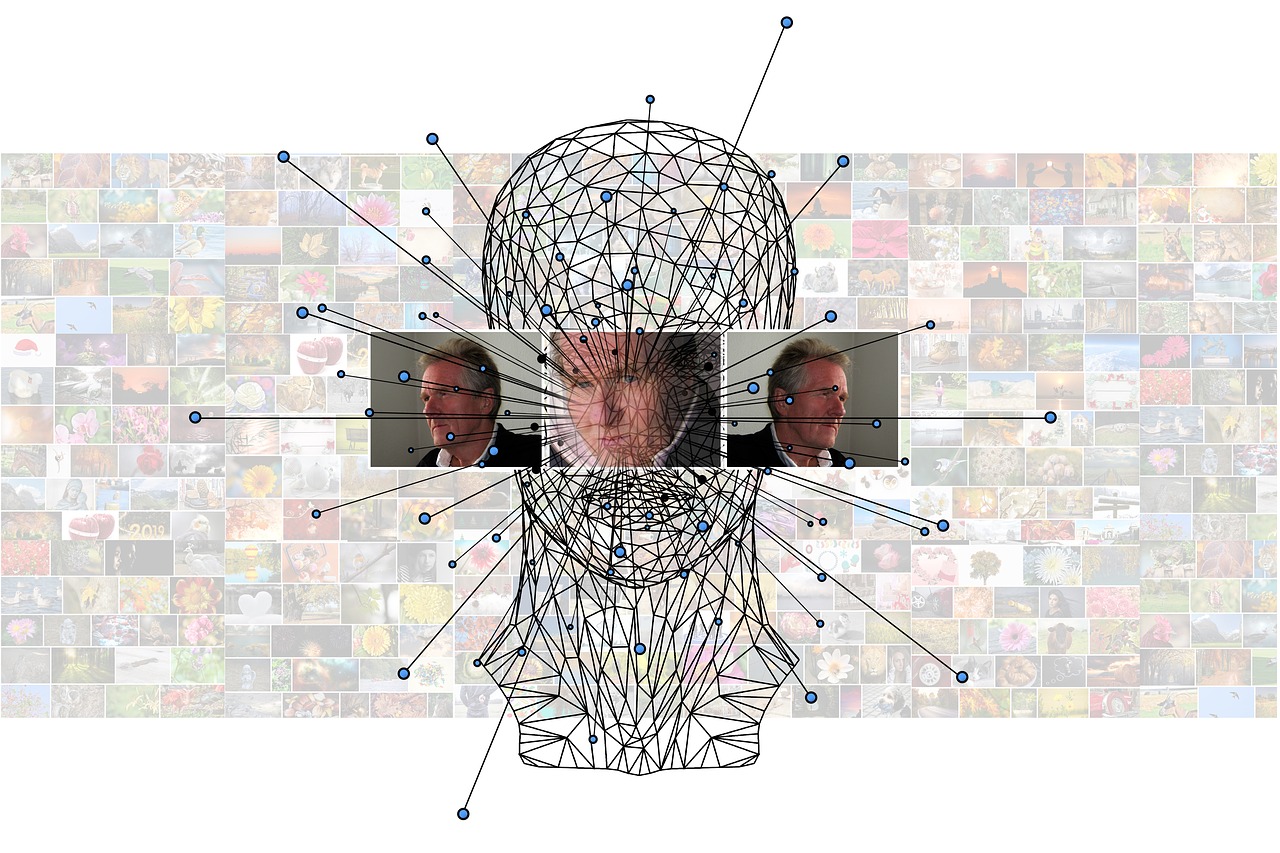There is one thing that ancient Greeks, Renaissance artists, a 17th century astronomer and 21st century architects all have in common – they all used the Golden Mean, otherwise known as the Golden Ratio, Divine Proportion, or Golden Section.
Precisely, this is the number 1.61803399, represented by the Greek letter Phi, and considered truly unique in its mathematical properties, prevalence throughout nature, and its ability to achieve a perfect aesthetic composition.
According to astrophysicist Mario Livio in his book ‘The Golden Ratio: The Story of PHI, the World’s Most Astonishing Number’ :
Some of the greatest mathematical minds of all ages, from Pythagoras and Euclid in ancient Greece, through the medieval Italian mathematician Leonardo of Pisa and the Renaissance astronomer Johannes Kepler, to present-day scientific figures such as Oxford physicist Roger Penrose, have spent endless hours over this simple ratio and its properties. But the fascination with the Golden Ratio is not confined just to mathematicians. Biologists, artists, musicians, historians, architects, psychologists, and even mystics have pondered and debated the basis of its ubiquity and appeal. In fact, it is probably fair to say that the Golden Ratio has inspired thinkers of all disciplines like no other number in the history of mathematics.
Erdogan wants to…turkify the words “astronaut” & “cosmonaut” because they are of Greek origin
What blinking slowly means to cats, according to science
What is the Golden Ratio?
In mathematics and the arts, two quantities are in the golden ratio if their ratio is the same as the ratio of their sum to the larger of the two quantities. When the Golden Mean is conceptualized in two dimensions it is typically presented as a regular spiral that is defined by a series of squares and arcs, each forming “Golden Rectangles”.
This symbolic potential arises because of the way the mean’s spiral shape resembles growth patterns observed in nature and its proportions are reminiscent of those in human bodies. Thus, these simple spirals and rectangles, which served to suggest the presence of a universal order underlying the world, were thereby dubbed “golden” or “divine”.
Read more: ancient-origins






































